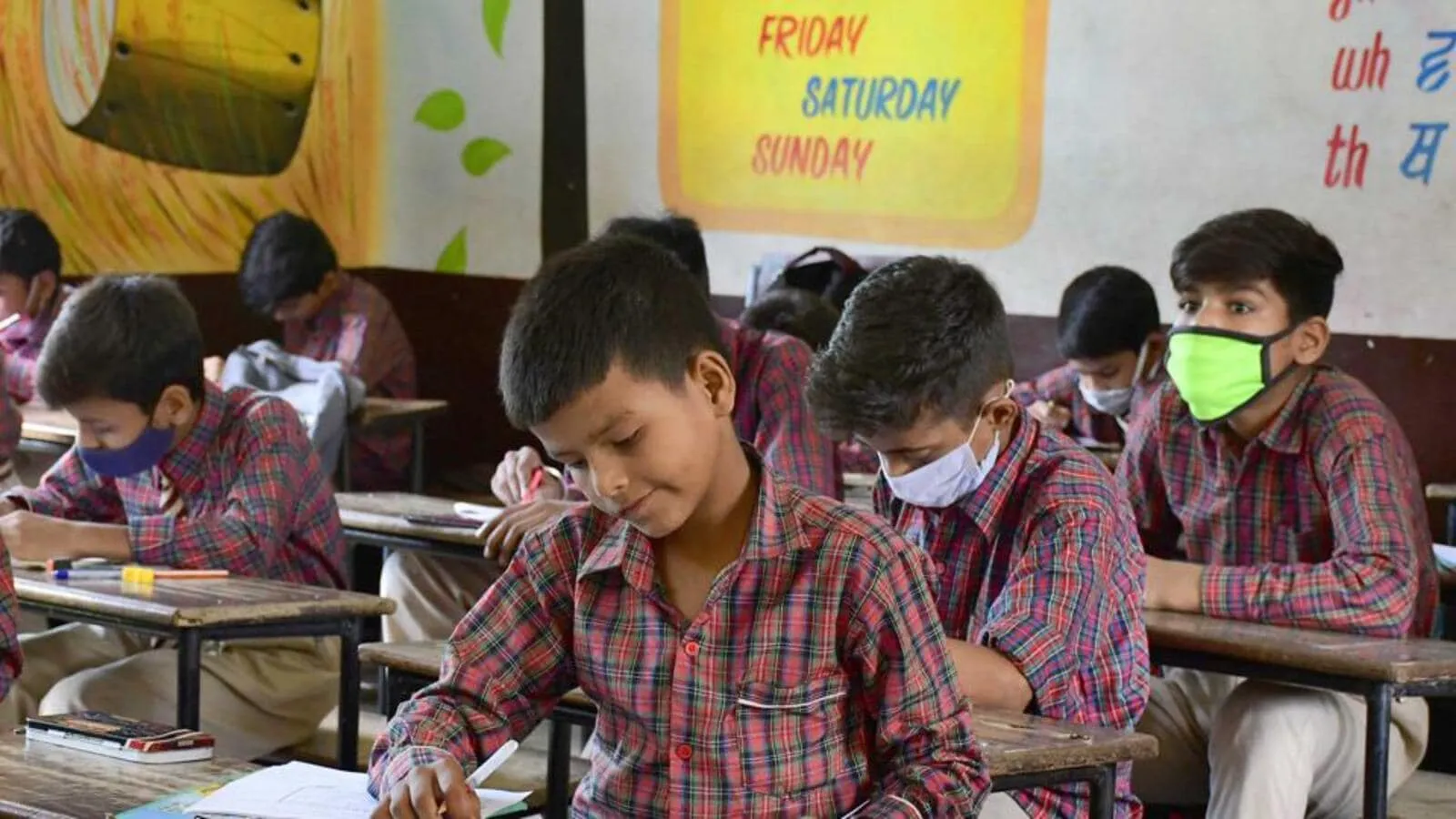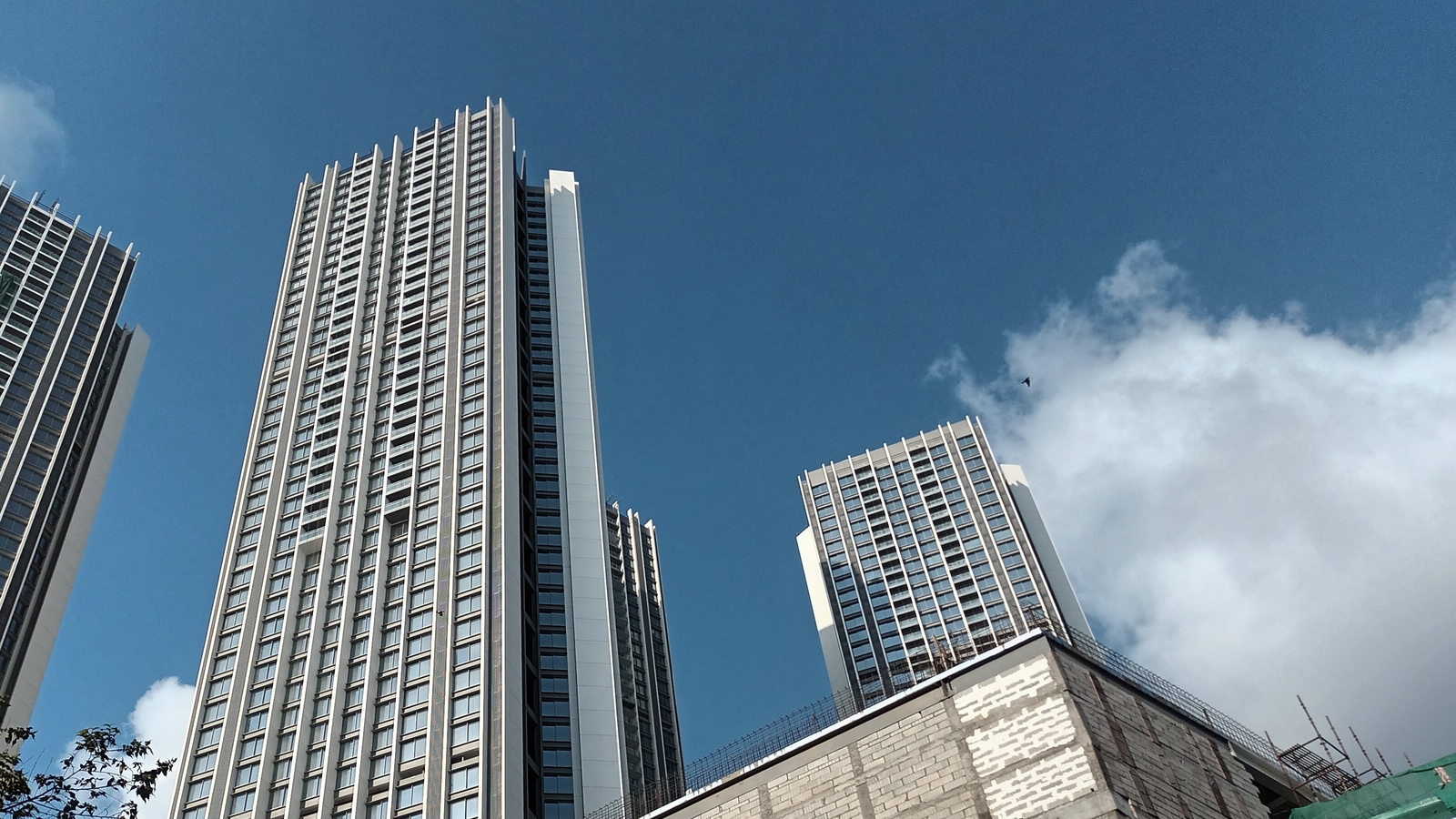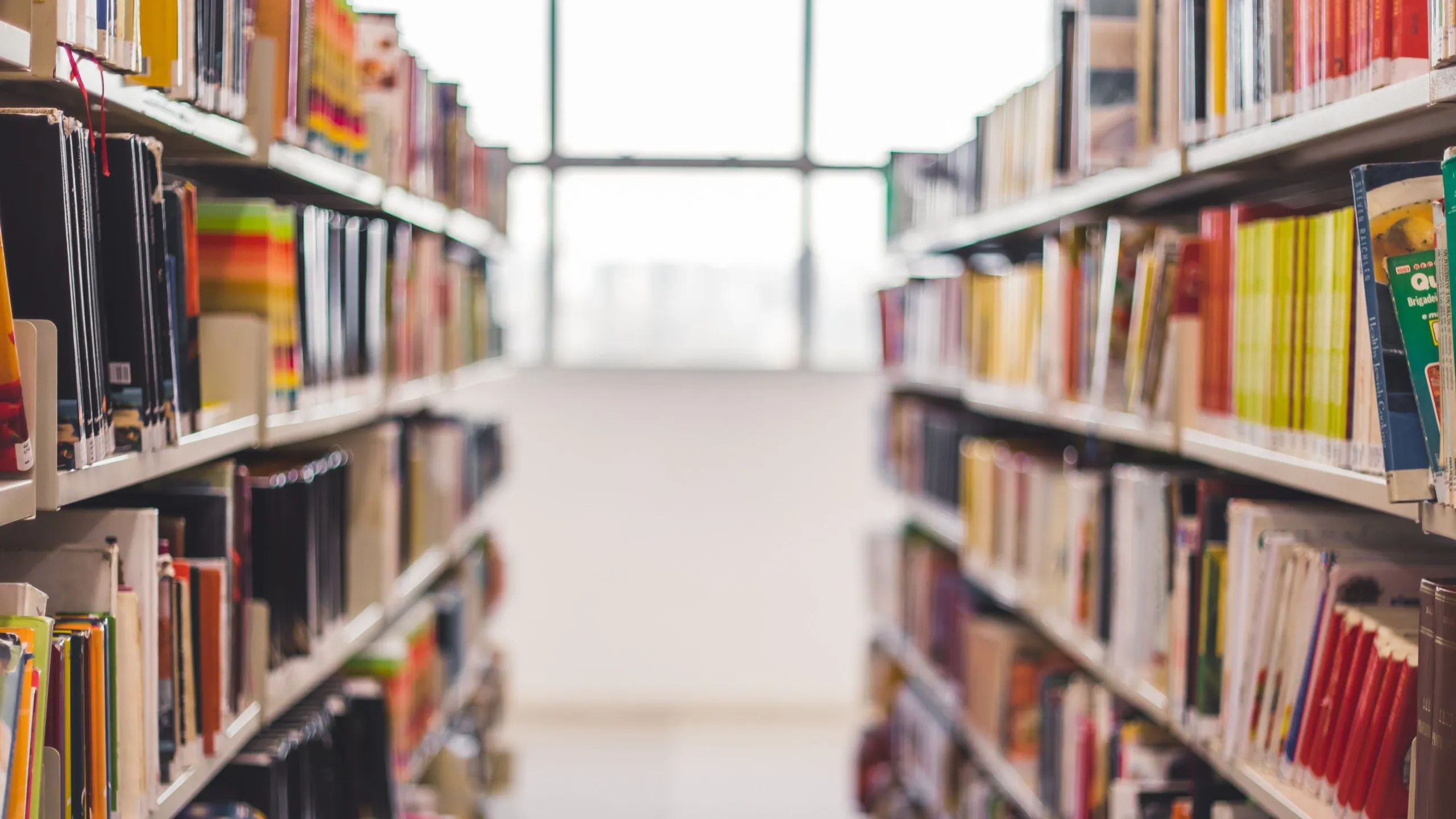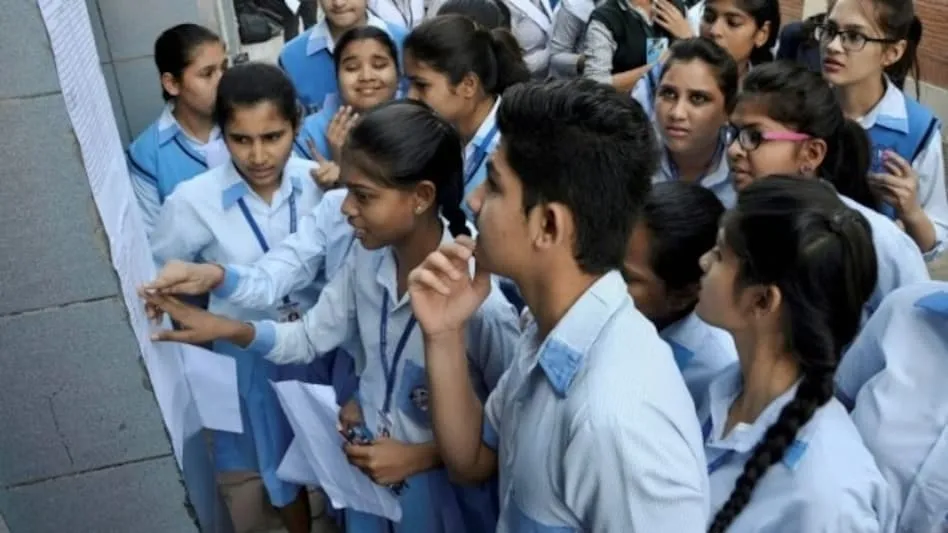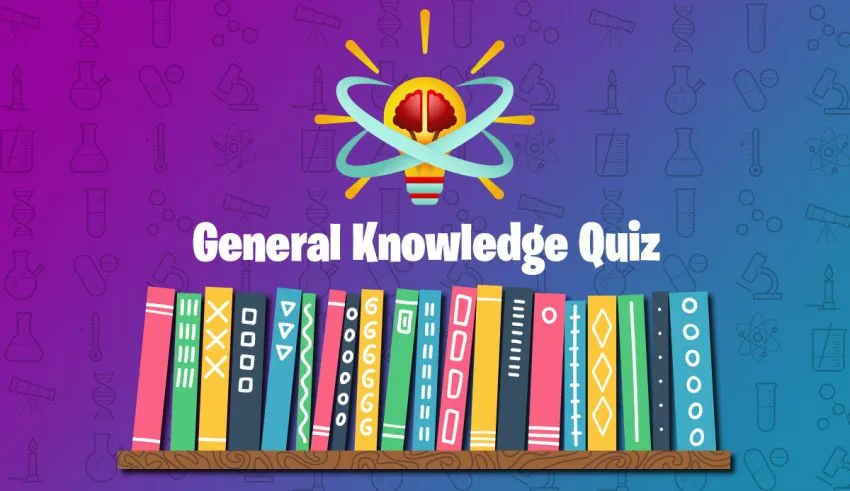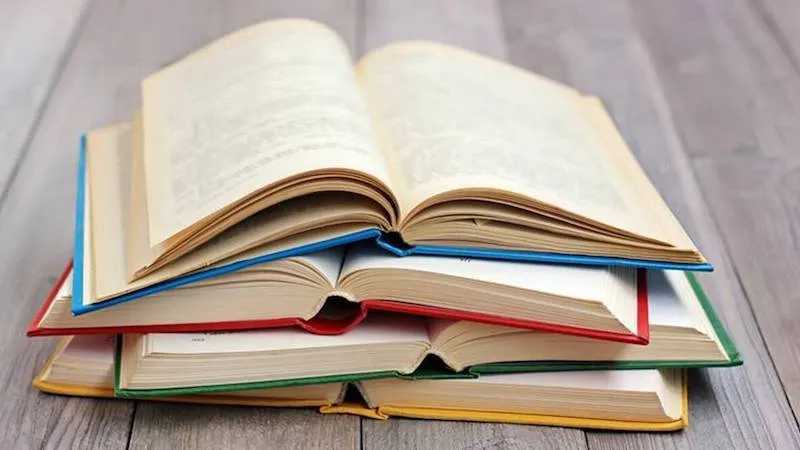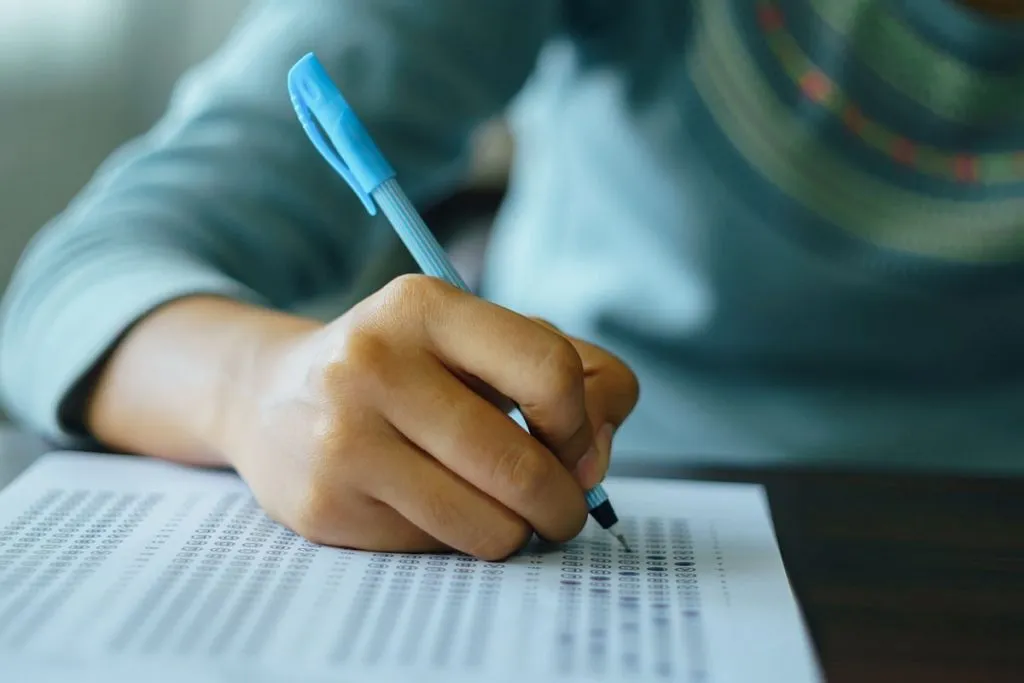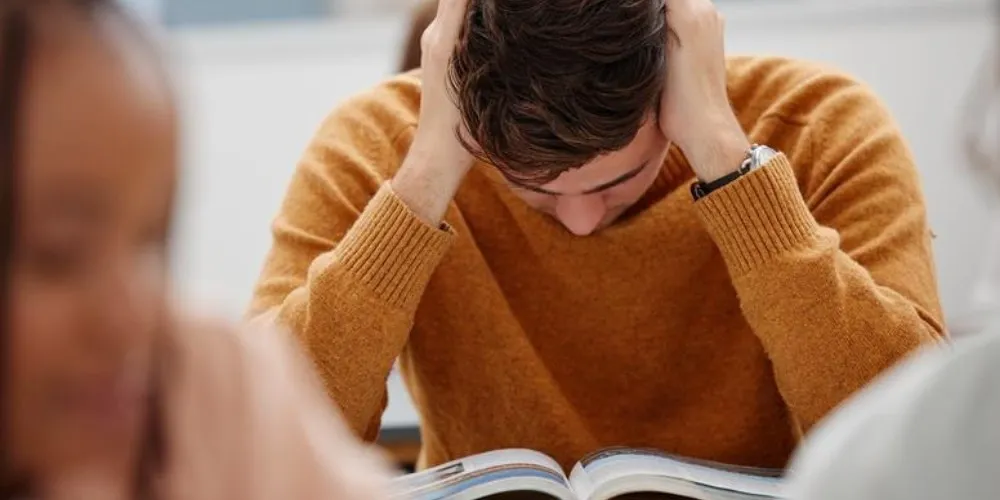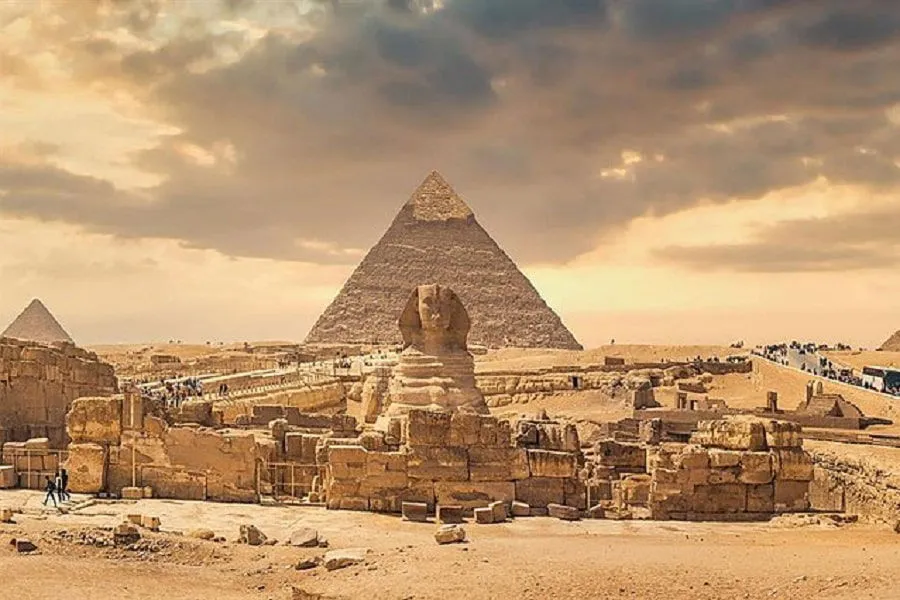Punjab has been ranked the top-performing state in India’s latest Performance Grading Index (PGI) 2.0 report for school education (2023–24). It is just behind the Union Territory of Chandigarh. The report, released by the Ministry of Education, gives Punjab a total score of 631.1 out of 1,000, placing it ahead of all other states, including Delhi, which scored 623.7.
This recognition reflects Punjab’s major strides in education access, infrastructure, and digital learning over the past few years. From better school buildings to a growing shift towards public schooling, Punjab’s education model is drawing national attention. However, the success comes with its own set of challenges—especially in foundational learning and student outcomes.
Strong Infrastructure, Improved Access
Punjab has invested heavily in upgrading school infrastructure. Over 95% of government schools now have functional toilets, clean drinking water, electricity, and boundary walls, according to UDISE+ 2023 data. The government’s "Smart Schools" initiative has transformed many institutions with digital boards, libraries, and computer labs. In districts like Sangrur and Ludhiana, even rural schools are equipped with solar power and internet access.
The state has also ensured better access to education. Enrolment numbers have surged, with government schools attracting students who once preferred private institutions. This reversal is credited to increased trust in public schools. According to the Annual Status of Education Report (ASER) 2024, 78% of children aged 6–14 in Punjab now attend government schools, a steady rise from 71% in 2018.
Digital Learning Gains
Digital literacy has played a key role in Punjab’s rise. The state was quick to implement e-learning tools during the COVID-19 lockdown. In 2024, ASER found that 96.2% of students aged 14–16 in Punjab had access to a smartphone at home, far ahead of the national average of 89.1%. Libraries, labs, and smart classrooms are becoming standard in urban and semi-urban government schools.
Students like Jaspreet Kaur, a Class 10 student in Bathinda, say that “smart classes make learning easier.” Teachers, too, have been trained in new teaching methods and tools, according to the Punjab Education Department’s Annual Training Report (2024).
Governance and Teacher Support
Punjab’s education system has benefitted from improved governance and teacher support systems. Nearly all teachers in government schools have undergone training in child psychology, digital tools, and multi-grade teaching.
Rajesh Sharma, Director of School Education, Punjab, said in a media interaction, “We have focused on building a strong base—good schools, good teachers, and now, better learning.”
The PGI also gave Punjab high marks for governance indicators such as timely teacher recruitment, effective monitoring, and transparent data systems.
Learning Outcomes Still a Concern
While Punjab leads in infrastructure and access, the quality of learning remains a challenge.
According to ASER 2024:
- Only 51.1% of Class 3 students could do basic arithmetic, up from 44.8% in 2022—but still below the national target.
- Reading ability in Class 3 has actually declined. Just 62.4% could read a Class 2-level text, down from 66.2% in 2022.
- Only 14.6% of Class 3 students could solve a simple division problem.
In early grades, the gaps are more visible. Around 17% of Class 1 students still struggle to recognize numbers 1–9.
Teachers say large class sizes and learning loss from the pandemic are partly to blame. “Children are coming back to school, but many have forgotten basics. We need more support staff and time,” said a teacher from a government school in Jalandhar.
Equity Still Lags in Some Areas
While urban schools are improving fast, some remote and border areas still lag behind. The State Library and Infrastructure Audit 2023 found that many schools in border districts like Ferozepur and Pathankot lacked full-time librarians. They didn't have and regular access to digital tools.
Girls’ education is strong in Punjab, with high enrolment and retention rates. But dropout rates among migrant children and children with disabilities remain a concern.
What’s Next?
Punjab’s government has pledged to focus on foundational literacy and numeracy in the coming year. The “Mission Vidhya” initiative was launched in early 2025. It aims to ensure that every child up to Class 3 can read and solve basic math by the end of the academic year.
Educationists say Punjab has shown that public education can be revived with political will and smart planning. But sustaining this progress will depend on keeping the focus on students' actual learning and not just infrastructure.


